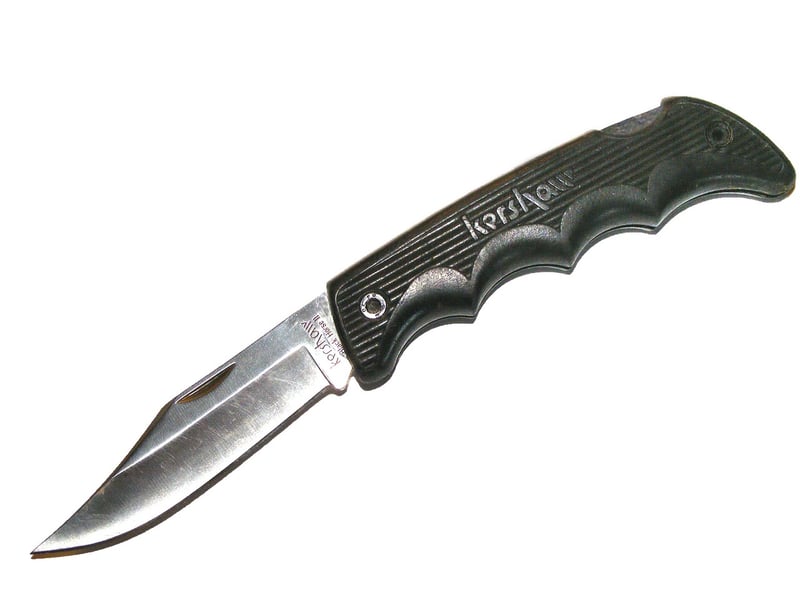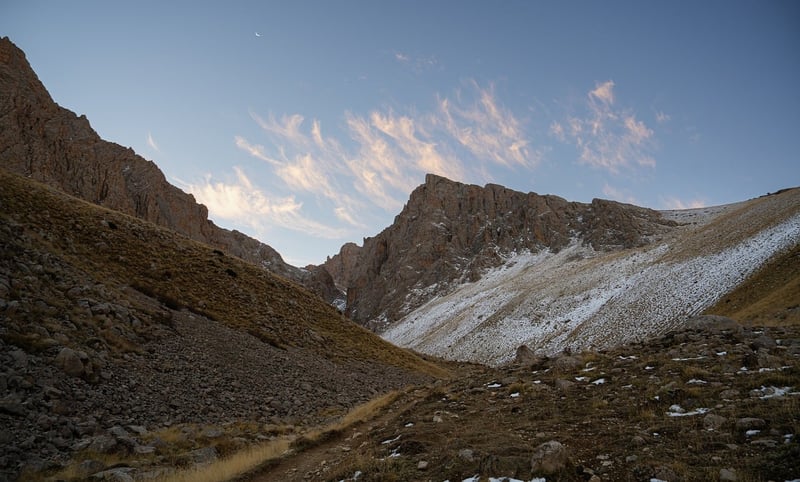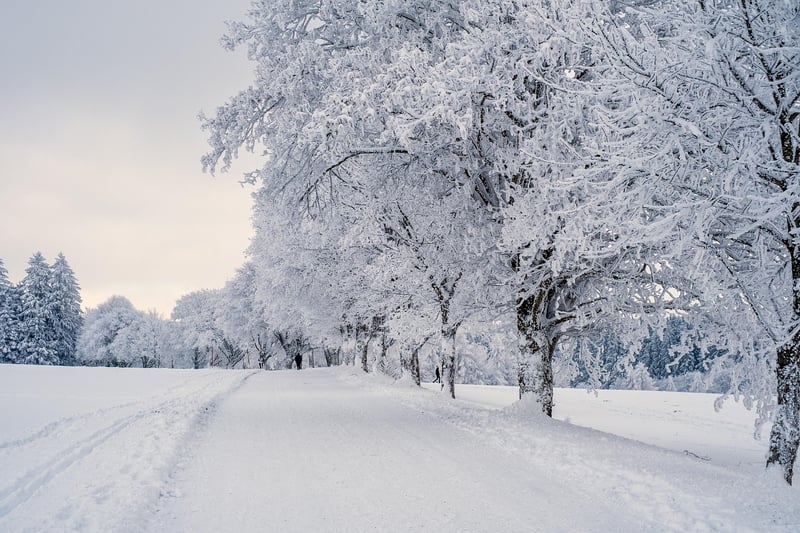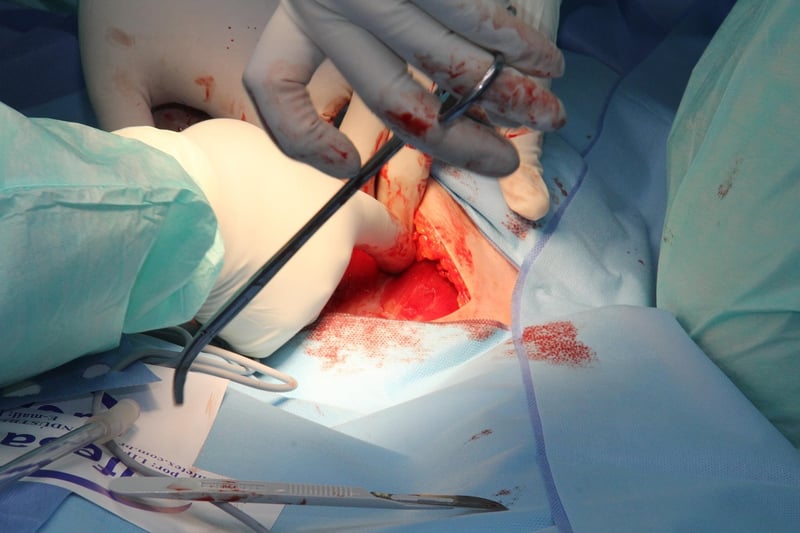Emergency Procedures
Ensuring a Secure Expedition: Emergency Procedures
Introduction
Embarking on an expedition can be an exciting and fulfilling experience, but it's crucial to prioritize safety and security throughout the journey. Proper planning, preparation, and knowledge of emergency procedures are essential to ensure a secure expedition. This guide will provide valuable insights into staying safe during your adventure and handling emergencies effectively.
1. Pre-Trip Preparation
Prior to setting off on your expedition, make sure to:
- Research the area you will be exploring and be aware of any potential risks or hazards.
- Inform someone trustworthy about your itinerary, including your planned route and expected return date.
- Pack essential safety gear such as a first aid kit, emergency supplies, navigation tools, and communication devices.
2. Emergency Procedures
2.1 Stay Calm and Assess the Situation
In case of an emergency, remember to stay calm and assess the situation before taking any action. Panicking can worsen the situation and cloud your judgment.
2.2 Signal for Help
If you are in distress, use any available means to signal for help. This may include blowing a whistle, using a mirror or flashlight, or creating visible signals with rocks or branches.
2.3 First Aid
Basic knowledge of first aid is crucial in emergency situations. Attend a first aid training course before your expedition to be prepared to handle injuries or medical emergencies.
2.4 Communication
Ensure you have a reliable means of communication such as a satellite phone, emergency beacon, or two-way radio to call for help if needed.
2.5 Shelter and Protection
If you are stranded or lost, prioritize building a shelter to protect yourself from the elements. Use available resources like branches, leaves, or rocks to create a safe space.
2.6 Navigation
Having basic navigation skills and tools like a map and compass is essential for finding your way back to safety if you get lost. Practice using these tools before your expedition.
3. Post-Emergency Protocols
After resolving an emergency situation, make sure to:
- Evaluate what went wrong and learn from the experience to prevent similar incidents in the future.
- Update your emergency contact about your status and any changes in your itinerary.
- Seek medical attention if needed and ensure you are in good health before continuing your expedition.
Conclusion
By following these guidelines and being prepared for emergencies, you can enhance the safety and security of your expedition. Remember that prioritizing safety is key to ensuring a successful and enjoyable adventure in the great outdoors.



